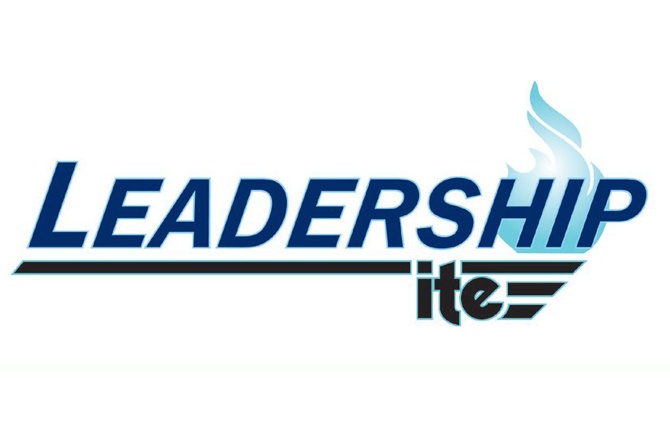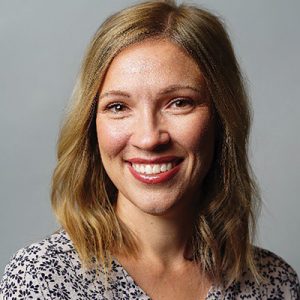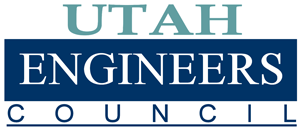The Institute of Transportation Engineers (ITE) is a worldwide organization with over 15,000 members. The Leadership ITE program brings together transportation professionals to network, learn and grow. I was accepted into the 2020 Leadership ITE program and found it to be an incredibly rewarding experience.
The program consisted of several in-person workshops. Due to Covid, a majority of those workshops were transitioned to virtual learning. The first session in January 2020 was in-person in Washington D.C. to coincide with the Transportation Research Board (TRB) annual meeting. TRB draws tens of thousands of transportation professionals from all over the world. TRB blends research and academia with real-world, transportation-focused case studies and allows transportation professionals to learn about best practices in the field. Kicking off the Leadership ITE Program in conjunction with TRB is a natural fit.
Applying to the Leadership ITE program consists of several steps. There are letters of recommendation, essays and other application components required for this competitive program. The Leadership ITE program began in 2014 and has program goals specifically ensuring that participants will take away skills to be high functioning communicators, be self-aware and confident in leadership roles, and become effective advocates for the transportation industry. To be eligible to participate in Leadership ITE, applicants must be an active student member or fellow in good standing, demonstrate contributions to it through volunteer activities, and be willing to work with their employer to receive financial support to cover the $3,000 registration fee.
I was immensely fortunate to attend the 2020 Leadership ITE session with 25 transportation professionals from all over the United States and Canada. The disciplines ranged from public and private sector individuals and academia. Some participants were newer in their careers, while some had 15 years of experience. There was involvement from ITE leadership, with Jeff Paniati presenting and sharing his ideas for our industry’s future. Shelley Row, a professional engineer and former USDOT executive, leads the program. She developed it from the ground up to give transportation leaders the tools and leadership knowledge we need to be successful.
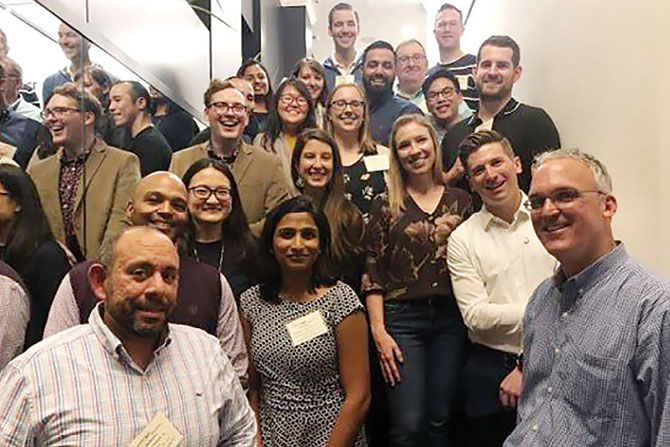
Following the initial sessions, participants are broken into small project working groups. Each working group was responsible for project ideas that solved problems or streamlined processes throughout the ITE organization. Our group sought to streamline student chapter involvement in order to maximize resources and encourage student members to continue participating in it once they graduate.
The Leadership ITE curriculum was unique in its content. Rather than focusing solely on effective leader’s skills, Shelley discussed the DNA behind how human brains work. Knowing your brain, values, work style, and communication style are very important in a professional setting. To best coordinate in a team, it’s important to know whether someone is information-oriented or goal-setting-oriented and if they prefer to make fast-paced or more carefully constructed decisions. Through the assessment that Shelley led, I determined that my values are logical, decisive, intuitive, direct, and efficient. My communication style preferences are direct with forward momentum. While that may suit my professional needs, it can directly conflict with other preferences on my working team. Shelley shared with us that sometimes what we consider our greatest strength can also be considered by someone else to be a weakness.
Another significant component of the training was an opportunity to network with the ITE International board of directors. This training is a once in a career opportunity to have high-level leadership all in one place, focused on interacting with the Leadership ITE participants with the sole focus of giving them feedback on how to become better professionals. Before this networking opportunity, Shelley encouraged us to create a networking plan to most effectively utilize our time with the board of directors. We answered questions such as: Who will you connect with? What questions will you ask each person? How will you follow up, and when? I was able to network with several members of the board of directors and discussed how I could further the mission and the ITE goals when I returned to Utah.
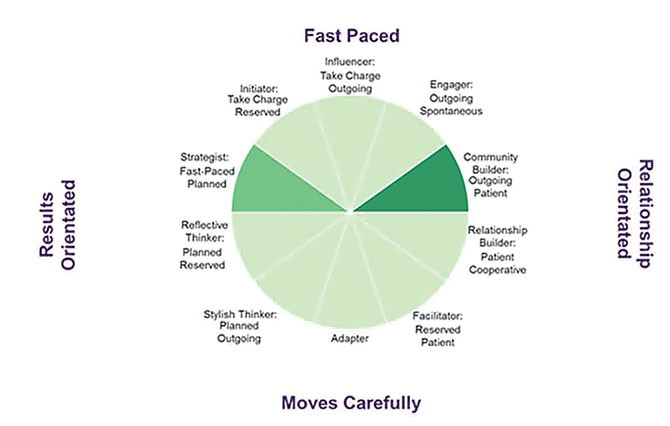
During the international board of directors networking event, our groups participated in a “Shark Tank” style process where we were able to discuss our group projects and get feedback. The group projects focused on emerging topics within the transportation industry and were all very diverse. Each year, the groups are assigned project mentors from both the Leadership ITE alumni support network and the current International board of directors. These mentors are asked to support the teams and provide insight to enhance the project development process. During the Shark Tank presentations, each team had four minutes to pitch their project ideas to the room full of “sharks.” At the end of each pitch, the “sharks” were given three minutes to comment publicly on the project ideas. After the event, the “sharks” are encouraged to discuss project ideas informally with Leadership ITE participants and to seek out groups that they may be interested in mentoring. While this process was somewhat stressful, our group’s feedback was insightful and very helpful when it came to developing our project.
Engaging in leadership opportunities is an excellent way to stay abreast of current trends, topics and emerging ideas in any profession. There are different leadership classes and engagement opportunities at all different levels of a professional career. Some leadership opportunities are very labor-intensive and require a substantial time commitment, while other opportunities are available on a case-by-case basis as time permits. Mentorship is an excellent way to contribute to your profession and the time commitment is very flexible. Many professionals mention that when they were starting their careers, they wish they would have had a mentor who could have given them guidance about what to expect and recommendations on how to grow their career.
The Utah Engineers Council has a robust scholarship program funded from donations of individuals and businesses seeking to move initiatives forward in science, technology, engineering and math (STEM). There are always ways to engage and network within your profession. I would encourage all transportation professionals, not only engineers, to consider the Leadership ITE program. The networking opportunities provided to me through this program will be connections that I will utilize for the rest of my career. Participating in leadership programs can provide a wealth of knowledge and a better understanding of the nuances of any profession. The outcome I received from participating in the Leadership ITE program was well worth the time and effort invested.
To learn more about the Leadership ITE program, visit www.ite.org and search for Leadership ITE under the website’s professional development section. To learn more about Blue Fjord Leaders and Shelley Row, visit bluefjordleaders.com.
Lisa Miller
Lisa Miller is the Traveler Information and Outreach/Growth Manager at the Utah Department of Transportation. Lisa also acts as the Public Information Officer for the Traffic Management Division. Prior to her current position, Lisa was with TranSmart Technologies, Inc. and URS Corporation.
Ms. Miller is a past president of ITS Wisconsin and is the current secretary for the Utah Chapter ITE. In coordination with WTS, Lisa founded and is the chair for the UDOT/WTS Women’s Mentorship Program. Lisa is also a three-time recipient of UDOT’s Silver Barrel Award.
Ms. Miller holds a B.A. in Communications from the University of Wisconsin in Milwaukee and a master’s degree in Journalism and Mass Communication from South Dakota State University.



